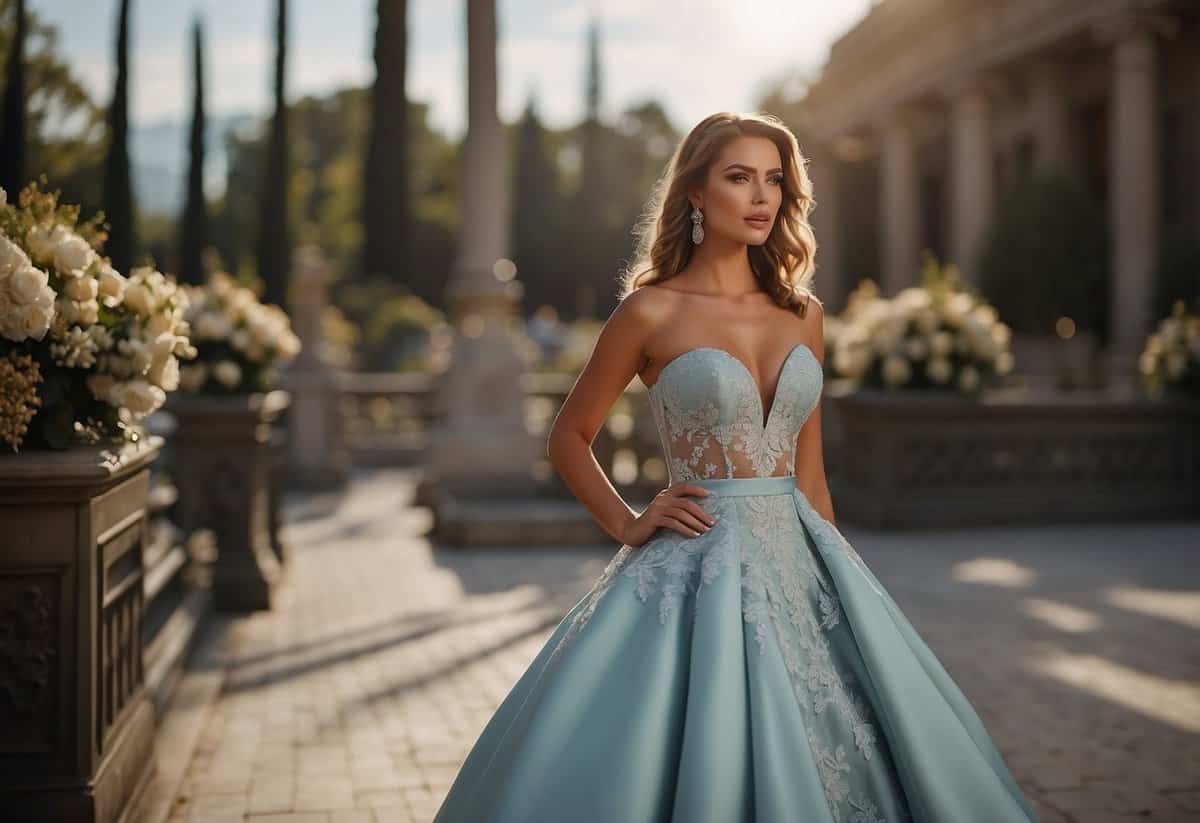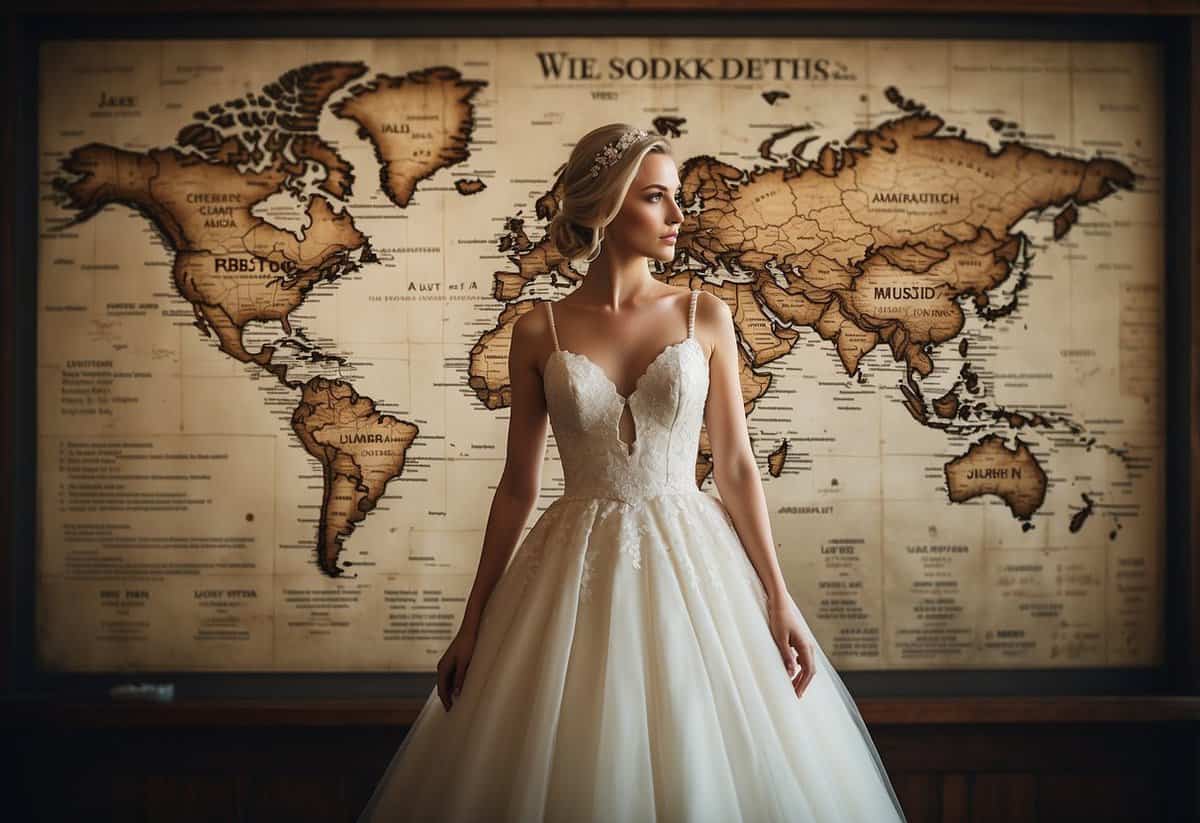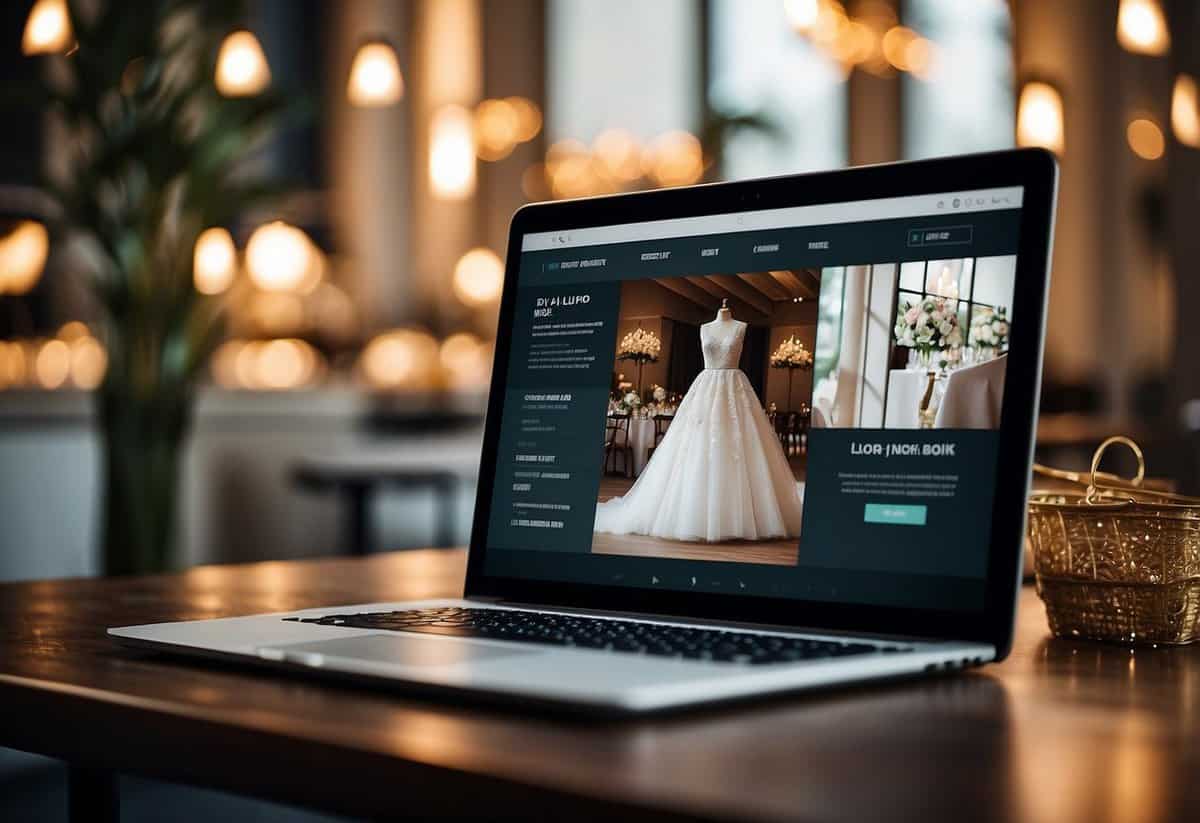Do You Put Dress Code on Wedding Website? Tips for Clear Communication
Planning a wedding involves many details, and one question you might have is whether to put a dress code on your wedding website. Yes, you should include the dress code on your wedding website to help guide your guests on what’s appropriate to wear. This small detail can make a big difference in ensuring everyone feels comfortable and blends well with your event’s theme.

Clearly mentioning the attire required also helps guests avoid any potential embarrassment from showing up underdressed or overdressed. For instance, if your wedding is semi-formal, specifying that on your website can prevent someone from arriving in casual attire. Plus, including it on the website saves you from having to field multiple questions about what to wear, making the planning process smoother for you.
Using your wedding website to communicate the dress code is also a polite way to set expectations without sounding demanding. You can add a section with suggestions, like “cocktail dresses for women and suits for men,” and even mention that items like blue jeans or sneakers aren’t allowed. This way, your guests will appreciate the clear guidance and feel more confident in their outfit choices as they celebrate your big day.
The Importance of Dress Code on Your Wedding Website

Including the dress code on your wedding website helps set the tone for your event and provides important details to your guests. It ensures everyone knows what to wear and avoids any confusion or awkwardness.
Communicating the Tone of the Wedding
When you specify the dress code, you’re giving your guests a hint about the kind of event you’re planning. For instance, if your wedding is a black-tie affair, guests will know to wear formal attire. Describing the dress code as semi-formal signals that guests should come in cocktail dresses or suits.
Providing specific information helps your guests feel more confident about their outfit choices. It also helps them align their attire with the overall theme and formality of your wedding, creating a cohesive look in photos. By detailing what’s appropriate to wear, you can prevent a mismatch in guest attire that might clash with the wedding’s aesthetic.
Setting Guest Expectations
Clear dress code instructions help guests know what to expect and eliminates any guesswork about what to wear. For example, stating that blue jeans or sneakers aren’t allowed ensures no one shows up underdressed. Providing these details in advance allows guests plenty of time to prepare or shop for suitable outfits.
Including the dress code on your wedding invitations and your wedding website ensures that the message gets across. Guests can easily access this information and refer back to it as needed. This way, everyone feels comfortable and confident in their attire, contributing to a smoother, worry-free event for you and your loved ones.
How to Effectively Detail Your Dress Code

When detailing your dress code, clarity and precision help guests understand what they should wear. Balance your descriptions between specifics and flexibility, ensuring all guests feel comfortable.
Choosing the Right Wording
Use clear and simple language. Define your dress code terms to prevent confusion. For example, using the phrase “black tie“ specifically tells guests that formal attire is expected.
Avoid vague words. Instead, opt for phrases like “cocktail attire” or “semi-formal”. This helps guests visualize their wardrobe choices better. Adding small notes about venue restrictions, such as “no blue jeans or sneakers”, adds clarity.
Consider your guests’ comfort by describing the expected atmosphere. For example, “garden party attire“ indicates a more relaxed outdoor setting, while “black-tie attire” indicates a very formal event.
Dress Code Examples and Definitions
Here are practical examples that can be used:
-
Black Tie: Tuxedos for men, formal evening gowns for women.
-
White Tie: Full dress with tailcoat for men, long evening dresses for women.
-
Cocktail Attire: Suits and ties for men, cocktail dresses or dressy separates for women.
-
Semi-Formal: Light suits for men, dresses or elegant skirts for women.
-
Dressy Casual: Smart casual outfits like trousers and blouses for women, slacks, and sport jackets for men.
-
Beach Casual: Light, breathable fabrics suitable for a beach setting, like sundresses or shorts for men.
-
Garden Party Attire: Lightweight, bright-colored dresses or smart casual wear suitable for an outdoor garden setting.
Use your wedding website to elaborate these dress codes, ensuring your guests know what to expect. This will help everyone feel appropriately dressed and comfortable on your memorable day.
Including Additional Attire Information

When adding dress code details to your wedding website, it’s essential to consider how weather conditions and the venue can influence guests’ attire. Additionally, specific requests and integrating your wedding theme can help guests dress appropriately.
Weather Considerations and Venue Details
If your wedding is outdoors or at a unique location, you should inform guests about the weather and venue specifics. For example, an outdoor summer wedding might call for lighter fabrics and sun protection.
You can mention if the wedding will be on a lawn, so guests know to avoid high heels that may sink into the grass. Noting if the ceremony or reception will be indoors can help guests dress accordingly. If there’s a chance of rain or chilly weather, suggest bringing umbrellas or wraps.
Providing these details helps guests choose their outfits wisely and ensures they are comfortable throughout your special day. You might also include tips about parking and accessibility for that location.
Special Requests and Theme Integration
If your wedding has a specific theme or color palette, include this information on your website. For example, a beach wedding might encourage guests to dress in casual or nautical attire. You can make gentle suggestions, such as asking guests to wear outfits in certain colors to match the wedding decor.
If you have any special requests, like avoiding a particular color or wearing specific accessories, clearly state these on the website. List any dress code specifics, such as black tie or smart casual, to help guests understand what’s expected.
Clearly communicating these details shows guests that their effort in dressing appropriately is appreciated, and it helps everyone feel a part of your special day.
Logistics and Extra Details for Guests’ Convenience

Making sure your guests have all the information they need can help your wedding day run smoothly. Provide specific details about transportation, accommodations, plus-ones, and your registry to make things easier for everyone.
Transportation and Parking
Ensure your guests know how to get to your venue and where they can park. Consider providing maps and clear special instructions. If you have arranged group transportation, include details about pickup locations, times, and any necessary arrangements. For parking, mention if there is a designated lot, street parking, or valet service. Adding a note about any costs associated with parking can be very helpful.
Hotel Accommodations and Blocks
If you’ve arranged a hotel block, share the link for your guests to book their rooms. List the hotel options, their addresses, and contact information. Mention if there is a special rate or deadline for booking. Including instructions on how to book within the block can prevent any confusion.
Also, highlight nearby hotels for guests who may want other options. Providing a brief description of amenities and distance from the venue can help your guests choose the best place to stay.
Instructions for Plus-Ones and Kids
Clarify whether guests are allowed to bring a plus-one or if kids are welcome. If there are specific instructions, include them. For example, if you have a headcount limit or special activities for children, let your guests know. You can specify on the invitation whether kids are invited by stating “Adults Only Reception” or “Children Welcome”.
Being clear about these details can prevent awkward situations and help with your planning. If providing an RSVP link, ensure there’s an option for guests to indicate their plus-one or children’s attendance.
Registry and Other Event Pages
Provide links to your wedding registry and other important event pages on your wedding website. Detail items or experiences you wish to receive to guide your guests. Clear instructions on how to purchase gifts can make it easier for them.
Additionally, if you have other events like a rehearsal dinner or bridal shower, include those details. Specify the date, time, and location for each event. This helps keep everyone in the loop and ensures they don’t miss out on any part of your celebration.
Leveraging Your Wedding Website’s Features

Using your wedding website can greatly enhance communication with your guests and make the planning process much smoother. Key features like interactive elements and RSVP tools are essential in ensuring everyone is on the same page.
Interactive Elements
Interactive elements on your wedding website make it more engaging and informative. Including details like the dress code can help your guests know what to expect. Use event pages to list important details and make it easy for guests to navigate.
Sharing your love story and engagement photos can add a personal touch. This helps set the tone for your wedding and gets guests excited. Including a QR code can allow guests to quickly access your wedding website from the invitation.
Incorporate a map showing the wedding location and nearby accommodations. This adds convenience for out-of-town guests. Let your guests get to know the wedding party through short bios and fun facts.
RSVP and Follow-Up
An effective RSVP tool is crucial for any wedding website. It saves time and simplifies the process of gathering guest information. An online RSVP system helps you keep track of who is coming, their meal preferences, and any special requests.
After your guests confirm, you can easily send follow-up reminders and updates through email. This can include final event pages with detailed schedules, directions, and dress code reminders. Your website can also handle seating arrangements and keep everyone informed about any last-minute changes.
Interactive RSVP features can also gather useful details about your guests, helping you finalize seating charts and other logistical aspects of your wedding planning. Having all this information in one place ensures everything runs smoothly.



